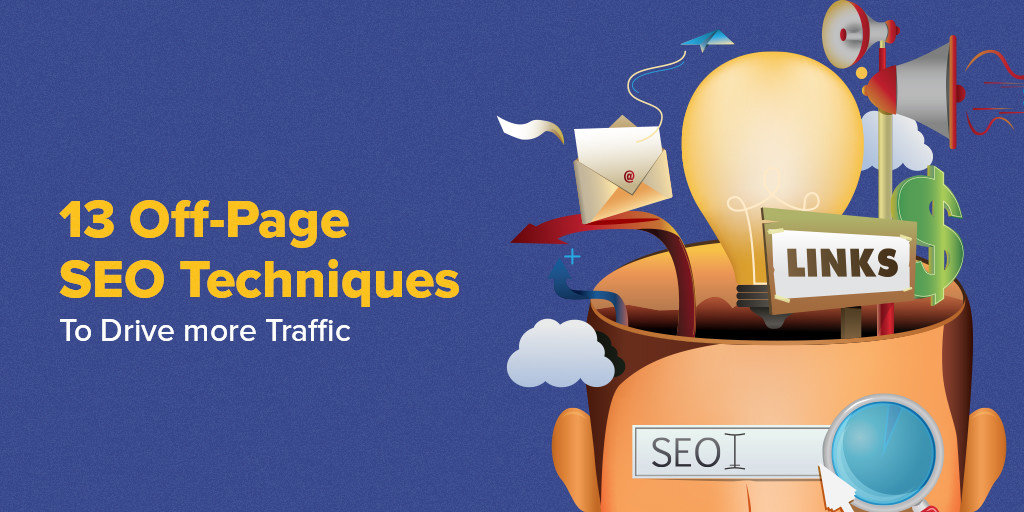International SEO is still a relatively new term in the digital marketing space. For years, SEO has been regarded as a technique that helps small and medium-sized businesses climb the ladder and become big companies.
These perceptions have been checked by the sudden increase of SEO hiring from big brands. From big media conglomerates to tech giants, every big organization is looking to hire SEOs to enhance their presence on highly trafficked search engines like Google.
Big brands, unlike small companies, do not have a local audience. Their customers and target audience expands beyond countries and continents and reaches across the whole world. In other words, they have to reach a wide audience and cannot be restricted by content and keywords that are chosen based on the behavior and tendencies of a local audience.For example, a marketing agency with a global presence cannot just grow by ranking first on ‘marketing agency in Delhi’. It needs to rank on other keywords that are relevant to its prospects in the US, UK, and other counties.
In top digital marketing training institutes, there is already a push underway to ensure students know how to work with international SEO. This article gives away some tips on international SEO.
Understand Language and Contexts
The problem many SEOs face in international SEO is in understanding context. For example, a typical SEO professional would target audiences in the US and Canada with the same content strategy and messaging. This action would be based on the simple fact that English is the dominant language in both countries.
Despite the language being the same, people in the USA and Canada are inherently different. Audiences in both countries are part of different cultures and thus react differently to the same marketing message.
Thus, SEOs have to study audiences in each country and figure out the cultural contexts of each before drafting a marketing message.
Figure Out a Domain Plan
Most consumers around the world prefer .com websites, although brands with a global presence should opt for a more localized version of their websites for each country.
For example, using different domain extensions such as .au, .in, .fr, and so on, does help brands build a local presence in each country it is active in. However, by doing so, it will have to build the new country-specific website’s content and backlinks from the ground up.
The other option is going for a separate category like websitename.com/country-name. This option does not require SEOs to build an entirely new website. However, this may lead to a lot of keyword cannibalization. Finally, you can try using a subdomain, but they generally tend to have a low CTR rate.Each domain plan has its downsides. SEOs have to figure out which plan is the least harmful in the long run and implement it.
In Conclusion
SEO is no longer a game restricted to small players. Global brands that want to reach a wide audience also use SEO to add more layers to their audience numbers. In this article, we cover international SEO as a topic and give away some important tips that help a brand build a global audience with organic search traffic.
About the Author – Ravi Manas is an SEO consultant at a major media group in India. He gives weekly guest lectures on SEO at DelhiCourses & Eduburg, an institute at which he once studied. Eduburg India is a very reliable name for taking up a digital marketing institute in Delhi.

